Feline Hip Dysplasia
Read also about how to test.
When you hear people talk about Hip Dysplasia and that radiographs have been taken most people are referring to dogs. But this problem also applies to cats in general. Hip Dysplasia is a hereditary defect in the socket joint (in the pelvis) which means that it is not as deep as it normally should be. Because of this, the ball does not fit exactly in the socket joint and the surfaces begin to rub against each other, causing the cartilage to degenerate. Then the joint surface is made up solely of bone (the cartilage having been worn away) leaving a bone-against-bone joint surface which is painful for the cat. The problem is that the body cannot renew the cartilage, and the body tries to repair the damage by increasing bone production which only serves to make the problem worse. Cats in general are very good at not showing pain and can suffer from HD without limping at all. Instead, they may move more carefully or less than cats normally do, and may also avoid jumping. Cats with a mild degree of HD may not suffer at all.
In January 2000 the Swedish Maine Coon Cat Club started a public register of hip radiographs. This register is since June 2010 managed by PawPeds. The recommendation is that all breeding cats should be tested for HD before being used in a breeding programme in order to minimize HD in the breed. The register is official and its purpose is to find the frequency of HD in the Maine Coon breed. The health programme collaborated with the veterinarian Dr Lars Audell, who is the leading specialist in this field in Sweden, during the setup and the first 15 years of evaluations. From February 2020 Elisabeth Ball evaluates the radiographs. The evaluated radiographs and the test results are sent to PawPeds. The results will then be available to the public 60 days after the cat owner has received them. The result is sent to the cat owner as soon as PawPeds has received payment.
Other Breeds than Maine Coons are also Welcome
As Hip Dysplasia is not only found in the Maine Coon breed, it might be of interest to know for other breeds that they also have the possibility to join in this health programme. It appears in most breeds to a greater or lesser extent. Once there is a certain number of evaluations available, it will be possible for the breeders of that breed to make more specific recommendations for their breed. The registry for other breeds will be kept by the same person as for the Maine Coons and the procedure is identical for the moment.
The Evaluation Grades
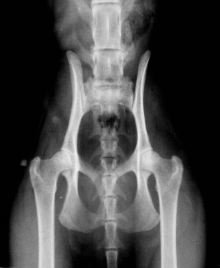 |
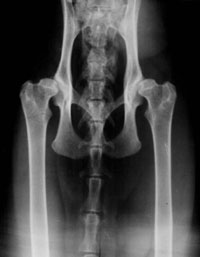 |
| Radiograph of a cat with normal hips | Radiograph of a cat with HD, degree 3, in both hips |
The evaluation grades on the scale used are the same ones as for hip radiographing dogs, but due to the fact that the anatomical picture is different for cats the usual "Norberg’s angle" is not used. This means that we do not use the ABCD evaluation scale. Instead we use "normal", "1", "2" and "3" where each hip will be scored separately:
- Normal (grade 0) - no signs of hip dysplasia and/or degenerative joint disease and the acetabulum covering at least 50% of the femoral head
- Grade 1 (mild hip dysplasia) - mild signs of hip dysplasia and/or the acetabulum covering less than 50% of the femoral head but no signs of deforming degenerative joint disease
- Grade 2 (moderate hip dysplasia) - moderate signs of hip dysplasia and/or signs of deforming degenerative joint disease
- Grade 3 (severe hip dysplasia) - severe signs of hip dysplasia and/or deforming degenerative joint disease
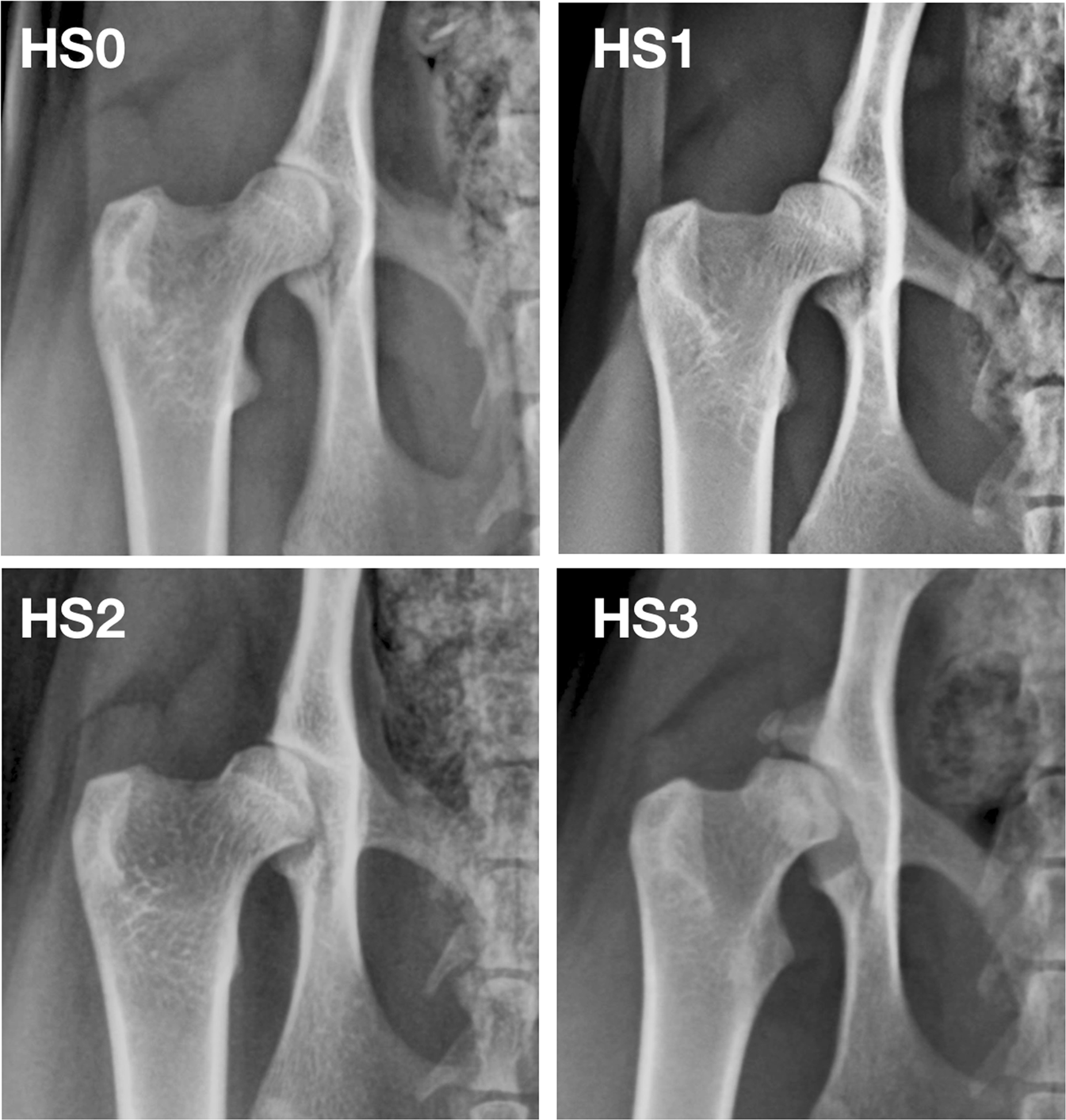
Results and Statistics
Results and statistics from the health programme are sometimes published. Here are some examples of the registry (2018):
Offsprings HD-status (worst hip) based on parents status (worst hip). Total number of evaluated cats: 4263
¦---------¦---------¦¦---------¦---------¦---------¦
¦ N x N ¦ N x 1 ¦¦ 1 x 1 ¦ 2 x 2 ¦ U x U ¦
¦ (n=949) ¦ (n=505) ¦¦ (n=57) ¦ (n=4) ¦ (n=1662)¦
¦--------------¦---------¦---------¦¦---------¦---------¦---------¦
¦ Normal (N): ¦ 76.7% ¦ 62.2% ¦¦ 50.9% ¦ 25.0% ¦ 57.8% ¦
¦ Grade 1 (1): ¦ 14.1% ¦ 24.8% ¦¦ 24.6% ¦ 50.5% ¦ 21.1% ¦
¦ Grade 2 (2): ¦ 5.4% ¦ 8.9% ¦¦ 15.8% ¦ 25.0% ¦ 13.3% ¦
¦ Grade 3 (3): ¦ 1.9% ¦ 1.6% ¦¦ 1.8% ¦ --- ¦ 5.4% ¦
¦--------------¦---------¦---------¦¦---------¦---------¦---------¦
¦---------¦---------¦¦---------¦---------¦
¦ N x N ¦ N x 1 ¦¦ N x 2 ¦ N x 3 ¦
¦ (n=949) ¦ (n=505) ¦¦ (n=68) ¦ (n=18) ¦
¦--------------¦---------¦---------¦¦---------¦---------¦
¦ Normal (N): ¦ 76.7% ¦ 62.2% ¦¦ 55.9% ¦ 50.0% ¦
¦ Grade 1 (1): ¦ 14.1% ¦ 24.8% ¦¦ 17.6% ¦ 16.7% ¦
¦ Grade 2 (2): ¦ 5.4% ¦ 8.9% ¦¦ 13.2% ¦ 5.6% ¦
¦ Grade 3 (3): ¦ 1.9% ¦ 1.6% ¦¦ 2.9% ¦ 5.6% ¦
¦--------------¦---------¦---------¦¦---------¦---------¦

The number of HD tested cats and available results indicate that the development certainly looks promising. The statistics show very clearly that parents with a normal hip status (N) in general produce offspring with better results than parents whose hip status is unknown (U).
A scientific study of the HD results in the health programme was published in 2019. There you will find a more thorough analysis of the statistics and the results of the health programme. The name of the study is "Demography, heritability and genetic correlation of feline hip dysplasia and response to selection in a health screening programme".
Clubs Presently Participating in this Health Programme
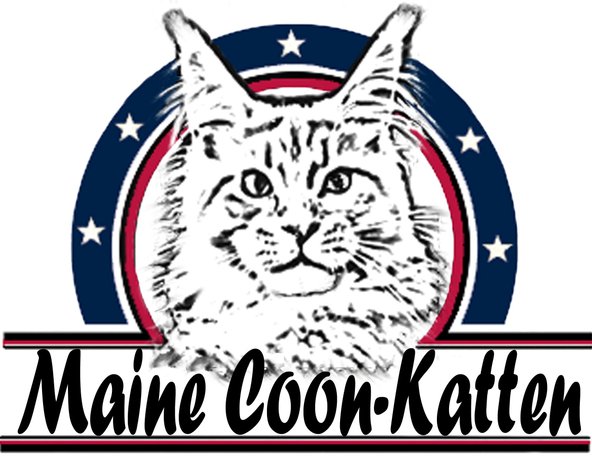 |
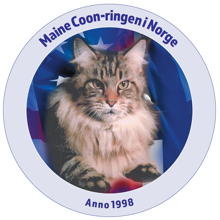 |
 |
 |
 |
